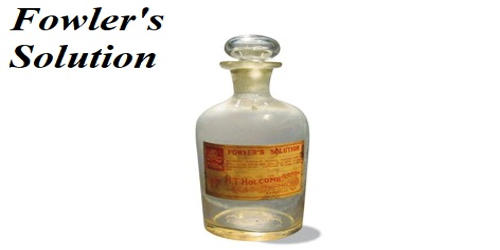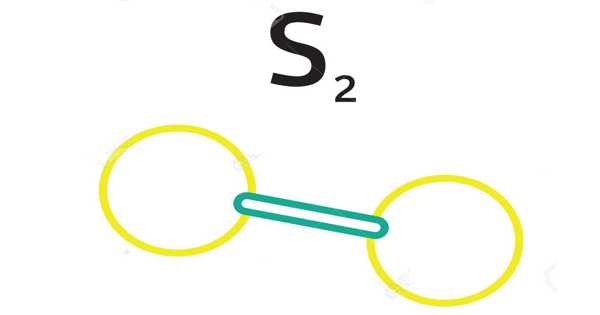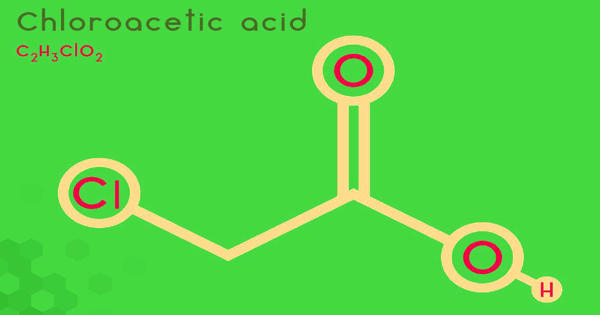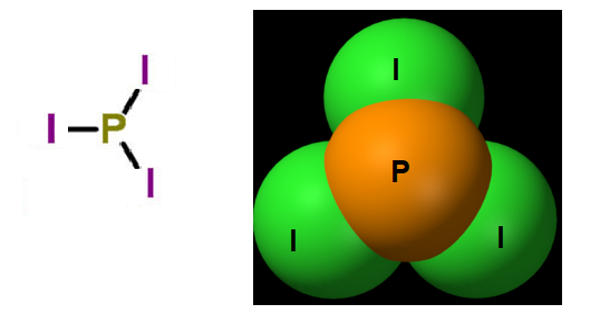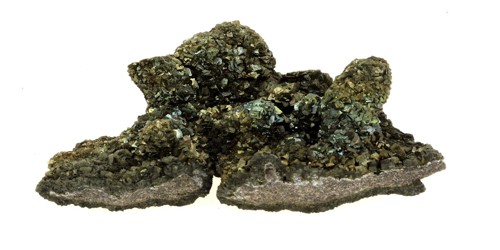Cadmium fluoride (CdF2) is an inorganic salt that is used in the pharmaceutical industry and is an important source of cadmium. It is a cadmium source that is mostly insoluble in water and is used in oxygen-sensitive applications such as the production of metallic alloys. This and other fluoride compounds are used in limited medical treatment protocols at extremely low concentrations (ppm).
Fluoride compounds are also useful in synthetic organic chemistry. The standard enthalpy was determined to be -167.39 kcal. mole-1, the Gibbs energy of formation to be -155.4 kcal. mole-1, and the heat of sublimation to be 76 kcal. mole-1.
Properties
Cadmium fluoride is grey to white, odorless crystalline solid. Its density is 6.33 g mL-1. The melting point is 1110 ºC and its boiling point is 1749 ºC. It is poorly soluble in water, soluble in acid and insoluble in ethanol and ammonia.
- Chemical formula: CdF2
- Molar mass: 150.41 g/mol
- Appearance: grey or white-grey crystals
- Density: 6.33 g/cm3, solid
- Melting point: 1,110 °C (2,030 °F; 1,380 K)
- Boiling point: 1,748 °C (3,178 °F; 2,021 K)
- Solubility in water: 4.35 g/100 mL
- Solubility product (Ksp): 0.00644
- Solubility: soluble in acid; insoluble in ethanol alcohol and liquid ammonia

Preparation
Cadmium fluoride is made by reacting gaseous fluorine or hydrogen fluoride with cadmium metal or one of its salts, such as chloride, oxide, or sulfate. It can also be made by dissolving cadmium carbonate in a 40% hydrofluoric acid solution, evaporating the solution, and drying it in a vacuum at 150°C. Another method is to combine cadmium chloride and ammonium fluoride solutions, then crystallize them. The solution is filtered to remove the insoluble cadmium fluoride.
Cadmium fluoride is prepared from several methods; the most used in chemical industry are: the reaction of fluoride in gas or hydrogen fluoride and a salt or metal of cadmium:
CdO + 2 HF → CdF2 + H2O
It can also be made by dissolving cadmium carbonate in HF solution or by a reaction between cadmium chloride and ammonium fluoride.
Cadmium fluoride has also been synthesized by combining fluorine and cadmium sulfide. This reaction occurs quickly and produces nearly pure fluoride at much lower temperatures than other methods.
Uses
Cadmium fluoride is used in the synthesis and research of anoparticles due to its semiconductor properties. Furthermore, when combined with other elements, such as earth elements, it can be converted into an electronic conductor. It is also used to perform synthesis in organic chemistry.
Safety
Cadmium fluoride is toxic, as are all cadmium compounds, and should be used with caution. If swallowed or inhaled, it is extremely toxic. When it enters our bodies, it can be fatal. It can also cause genetic defects and cancer and damage the fertility. It is also extremely harmful to aquatic and soil life. It does not burn.
Cadmium fluoride has the potential to cause health problems if not handled properly. It can cause skin and eye irritation, so gloves and protective eyewear are recommended. The MSDS, or Material Safety Data Sheet, also includes ingestion and inhalation precautions. Hydrogen fluoride and cadmium vapors may be released into the atmosphere under acidic conditions, at high temperatures, and in moist environments. Inhalation can cause respiratory irritation, congestion, fluorosis, and, in extreme cases, pulmonary edema. Cadmium fluoride carries the same risks as cadmium and fluoride.

